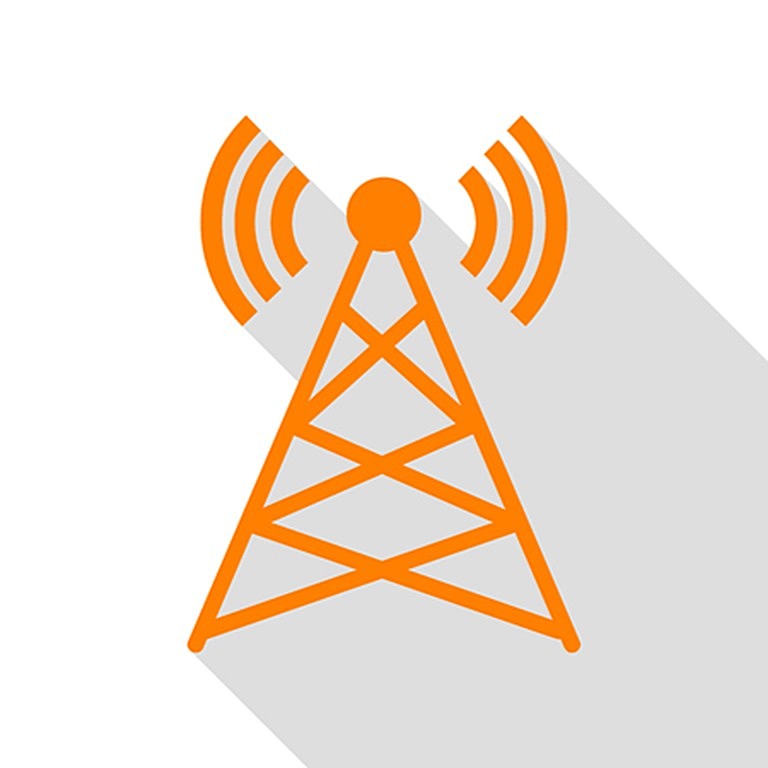The CTO of network operator O2 (Virgin Media), Jeanie York, has today become the first UK mobile provider to set out their plans for withdrawing the old 2G service, which will see the first customers beginning to be moved off that platform in 2025. But they won’t be switching 2G off completely, at least not for a long time.
The UK government and all major mobile operators have so far agreed to phase-out existing 2G and 3G signals by 2033 (here), which will free up radio spectrum bands so that they can be used to further improve the network coverage and mobile broadband speeds of more modern 4G and 5G networks, as well as future 6G services. The switch-off will also reduce the operators’ costs and power consumption.
NOTE: The older 2G services largely only carried voice and SMS (texts), although it could also handle some basic narrowband style data traffic via General Packet Radio Service (GPRS) and EDGE (Enhanced Data Rates for GSM Evolution) technologies.
Last year saw O2 (VMO2) become the final operator to reveal their plan for switching off the old 3G mobile (mobile broadband) network, which unlike their rivals is a process that won’t actually begin until 2025. The withdrawal will then occur in phases, with completion by the end of that same year. Vodafone and EE have largely already gone through this process, while Three UK expects to complete by the end of 2024.
However, the situation around 2G is more complicated, not least because older 2G signals remain useful as a low-power fallback (they’ll be sticking around for a lot longer) and are still necessary for some rural areas, as well as for particular applications (e.g. many Smart Meters and other Internet of Things (IoT) / M2M services are dependent upon 2G). Conversely, this means that 3G is going before anybody even starts to scrap 2G.
Suffice to say that, until now, none of the major UK mobile operators have given any solid details on their plans for sunsetting 2G services. But that just changed.
Jeanie York, CTO of VMO2, said:
“With [the 3G switch-off] work progressing well, we’re now assessing the future of our older 2G network. Currently, less than 1% of our customers use 2G-only devices, and the network carries less than 0.1% of data traffic. All mobile operators have agreed with Government to phase out 2G networks over the next decade. With future-proof networks now in place and ongoing investments helping to further expand them, next year we’ll start work to move almost all remaining traffic away from the 2G network.
Unlike our 3G network, we won’t be turning 2G off completely. In fact, we expect to continue operating it for several years and it will play an important role in carrying emergency calls in more remote areas without 4G coverage. We’ll also use it to support data traffic for smart energy meters, contributing to the UK’s transition to a lower-carbon economy.
By redirecting most ‘human’ traffic to newer, faster and more energy-efficient networks while reserving the older slower network for some data-light ‘machine’ communications, our customers will get the best possible experience whether they are calling, messaging or using data on the go.
For most customers, these changes will happen seamlessly in the background, and they won’t notice any change. However, a small proportion of customers will need to look out for messages from us telling them what they need to do – either because they’re using a very old device which won’t work on 4G, need a new SIM or because they need to turn on 4G calling.
We’re committed to helping those who may need additional support such as those very small proportion of customers still using older devices. We will be directly contacting any our customers who need to take action, guiding them through the process and explaining the steps they need to take.
As a technology business we’re forever changing and upgrading; standing still would mean failing our customers and not being prepared for future needs. From London and Cardiff to rural parts of Scotland and Northern Ireland, we are committed to keeping our customers connected and delivering not only the services needed for today but ensuring we’re ready for the technologies of tomorrow too.”
At this point it’s important to highlight that the 3G switch-off did expose a few weak areas of 4G coverage, where some customers of different operators and in certain locations found they were only able to access a 2G service after the old 3G one was withdrawn.
Complaints like those above are in the minority, but we have seen a few of them. Suffice to say, operators will need to be particularly cautious with the 2G switch-off, as a tiny proportion of people may have no fallback if 4G isn’t improved first. Likewise, as expressed by Jeanie above, some people still use old 2G-only handsets and supporting their transition will be a key focus.
Finally, Jeanie York added that VMO2 invest £2m every single day into their mobile networks and have already brought 5G to over half of the UK, while 4G is available to 99% of the population with continued work taking place to address rural blackspots through the Shared Rural Network (SRN) programme and boosting capacity. Jeanie added that they also “remain on track to switch off the [3G] service next year.”

